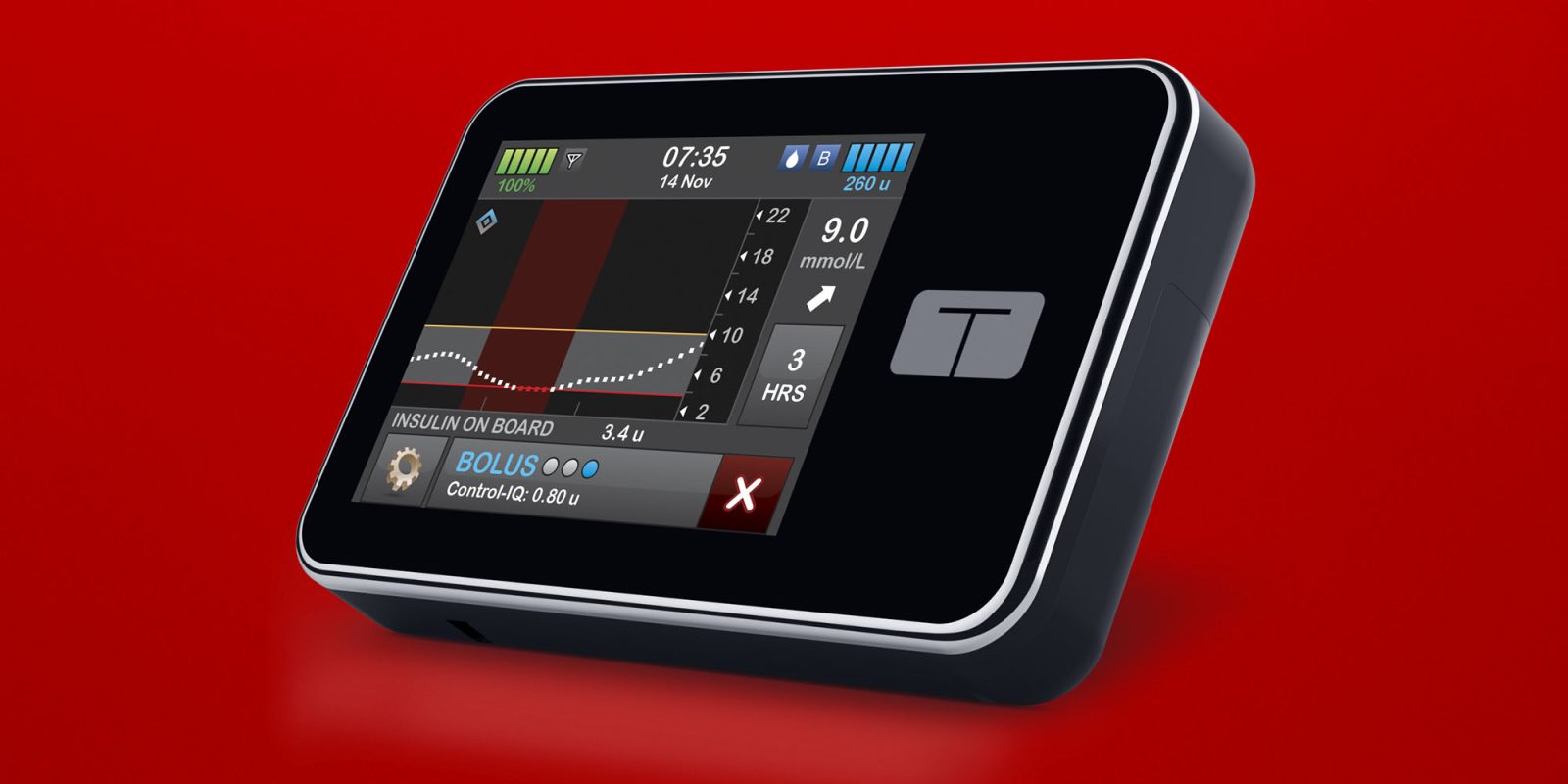
Version 2.7 of the t:connect iOS app – which is used to control delivery of insulin by the t:slim X2 pump – has been urgently recalled by the FDA.
The FDA issued a Class I recall, which is reserved for products likely to cause “serious adverse health consequences or death” …
What is an insulin pump?
Type 1 diabetes was previously known as insulin-dependent diabetes, as those diagnosed with the condition need regular injections of insulin. This is because their pancreas makes little to no insulin, meaning sugar is unable to be passed from the blood to cells. This causes sugar to build up in the blood-stream, which can be life-threatening.
Manual injections can be inconvenient, and are subject to human error (like forgetting one), so insulin pumps are a better solution for many. These automatically inject specific amounts of insulin when required, based on blood sugar measurements. Automatic pumps also operate while users are sleeping.
Pumps like the the t:slim X2 are controlled by an iOS app, which tells them when to inject insulin, and how much to inject.
t:connect iOS app recall
Version 2.7 of the t:connect iOS app has been found to crash, and is now the subject of an FDA recall. A Class I recall is the most urgent of the three categories, and is used only when “there is a reasonable probability that the use of, or exposure to, a violative product will cause serious adverse health consequences or death.”
A bug in the app is causing it to repeatedly crash and restart. Each time it does, it establishes a new Bluetooth connection, which drains the battery in the pump itself.
The reason for the recall is due to an issue with the software that may cause the mobile app to crash and be automatically relaunched by the iOS operating system. This cycle intermittently repeats, which leads to excessive Bluetooth communication that may result in pump battery drain and may lead to the pump shutting down sooner than typically expected.
Pump shutdown will cause insulin delivery to suspend, which could lead to an under-delivery of insulin and may result in hyperglycemia or even diabetic ketoacidosis, which can be a life-threatening condition due to high blood sugars and lack of insulin.
The FDA says there have so far been no reported fatalities, but there have been 224 reports of injuries caused by the bug.
What to do if you use the app
The bug has been fixed in version 2.7.1 of the app, so all users should ensure they have updated to this version.
Users should also ensure that the pump is fully charged before going to sleep, and always charge it at the first low-battery alert.
Image: 9to5Mac collage from Tandem Diabetes Care and James Lee on Unsplash
FTC: We use income earning auto affiliate links. More.





Comments